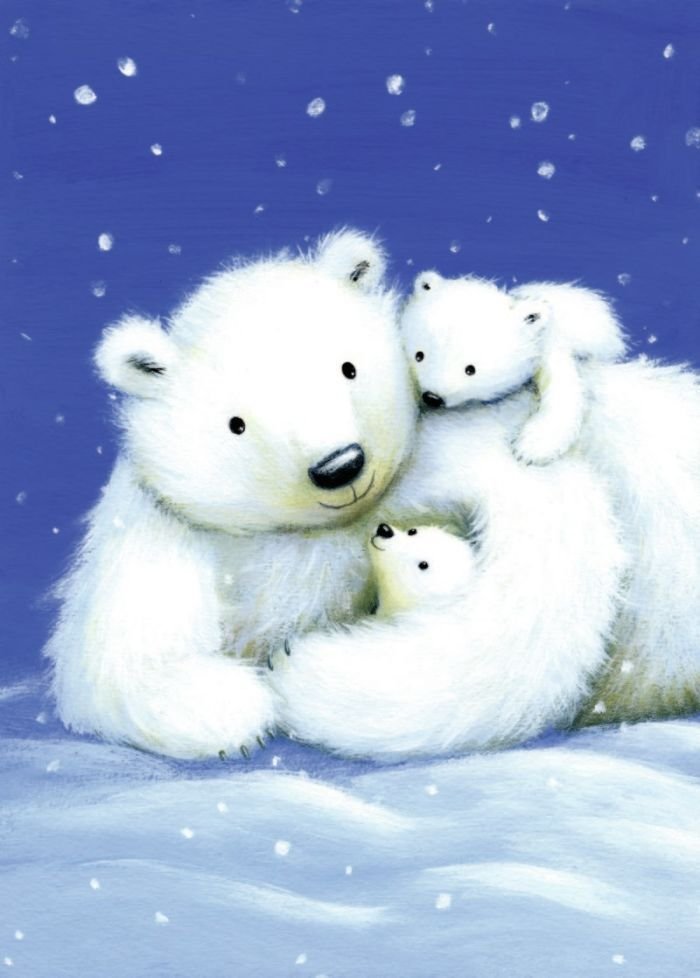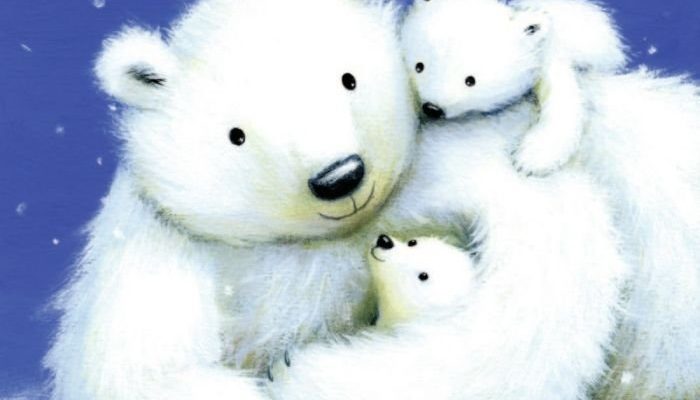
Let’s face it: the world is filled with rich tales and customs that give life to the creatures around us. For communities living in the Arctic regions, polar bears aren’t just big animals; they’re filled with symbolism and lessons about survival, strength, and respect for nature. In this article, we’ll dive into how polar bears are represented in various cultures, exploring their roles in myths, arts, and beyond. You’ll see how these stories give us a glimpse into human experiences and values.
Polar Bears in Indigenous Cultures
Indigenous cultures of the Arctic have a special relationship with polar bears. For them, these magnificent creatures are more than just majestic beasts; they hold spiritual significance. Many tribes, such as the Inuit, see the polar bear as a symbol of courage and strength. For instance, in some Inuit stories, the polar bear is considered a protector of the land and people. These narratives often highlight the deep connection between the bears and the communities that depend on the land.
In addition, hunting polar bears is surrounded by rituals that express gratitude and respect. Hunters might offer prayers or make offerings before a hunt, understanding that the bear’s life is linked to their own survival. This respect for the animal is crucial, as it emphasizes balance within nature—a common theme in many Indigenous stories. By honoring the polar bear, these communities maintain a spiritual connection to the land and its creatures, reminding us that every life has value.
Folklore Tales Featuring Polar Bears
Across various cultures, you’ll find folklore that features polar bears, often portrayed as wise, powerful beings. In many tales, these bears act as guardians or guides, helping humans navigate challenges. For instance, there are stories where a polar bear transforms into a human, illustrating themes of metamorphosis and the interconnectedness of all life forms.
In some European folklore, polar bears are depicted as magical creatures that possess special powers. They may assist lost travelers or impart important lessons about bravery and perseverance. These stories are often designed to teach valuable life lessons, using the polar bear as a symbol of strength and guidance. It’s interesting how these tales can resonate with listeners, making the polar bear not just an animal but a metaphor for overcoming struggles.
Polar Bears in Literature and Art
Polar bears have also made their mark in literature and art, often symbolizing climate change and environmental issues. In children’s books, they’re portrayed as gentle giants, teaching younger generations about wildlife conservation and the importance of protecting their habitats. A great example is the beloved character from the story “The Golden Compass,” which features an armored bear, representing nobility and strength.
Artists often use polar bears to convey messages about the fragility of their environments. Through paintings, sculptures, and photography, creators capture the grace and beauty of these creatures while also highlighting the urgent need to address climate change. The juxtaposition of their majestic presence against a backdrop of melting icebergs serves as a visual reminder of what’s at stake. This representation can evoke strong emotions, urging audiences to take action in preserving the natural world.
The Polar Bear as a Symbol of Climate Change
In today’s conversations about climate change, polar bears have become a powerful symbol of the environmental crisis we face. As the Arctic warms and ice melts, these animals represent the urgent need for conservation efforts. You might have seen images of polar bears struggling to find food or a stable habitat, which serve as stark reminders of the impact humans have on the planet.
Many organizations use the polar bear’s image to raise awareness and promote environmental advocacy. The bear’s plight resonates with people, prompting them to think about the consequences of their actions and inspiring them to support initiatives aimed at protecting the Arctic. This visual and symbolic representation of polar bears stresses the importance of caring for the environment, making it clear that safeguarding these creatures also means ensuring a healthier planet for all.
Modern Media and the Polar Bear
Today, you can find polar bears in various forms of modern media, from documentaries to animated films. These portrayals often aim to educate audiences about their behavior, habitat, and the issues they face due to climate change. Documentaries like “The Last Chance for Polar Bears” depict their struggle for survival in a changing world, while animated films sometimes showcase their adventures in fun, kid-friendly ways.
In social media, hashtags featuring polar bears often trend, highlighting their plight and the ways people can help. You might even come across virtual campaigns urging people to make eco-friendly choices. The polar bear has become a cultural touchstone, bridging the gap between entertainment and social responsibility. This blend of media representation not only entertains but also encourages action—showing how powerful storytelling can be in advocating for real-world change.
The representation of polar bears in culture and folklore is rich and varied, touching on themes of strength, survival, and environmental awareness. From Indigenous tales that honor the bear’s spirit to modern media that advocate for conservation, these animals hold a unique place in our hearts and narratives. They remind us of the beauty of nature and the importance of protecting it.
As we continue to explore these connections, it’s essential to recognize our responsibility toward the environment. Polar bears serve as powerful symbols, urging us to act in defense of the planet. By understanding their role in culture and folklore, we not only appreciate these magnificent creatures but also commit to preserving their future. After all, the stories we tell about polar bears reflect our values and our hopes for the world we share.

